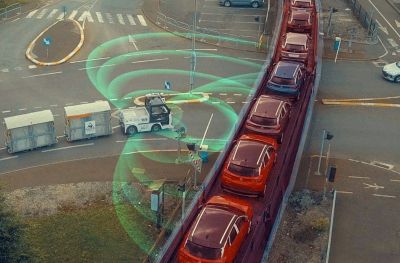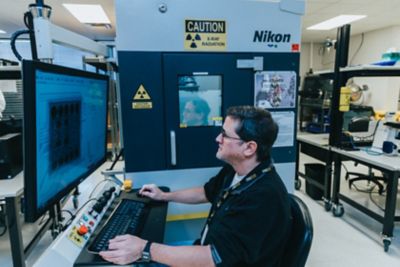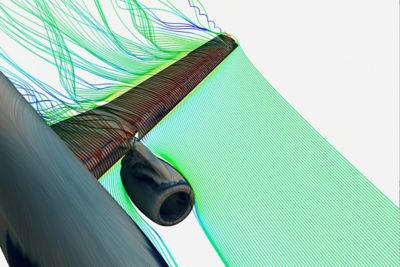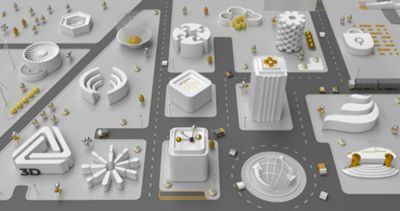Course Overview
This course teaches the essential skills you will need to start performing basic computational fluid dynamics (CFD) simulations on your own using Ansys Fluent software. Instructor demos and hands-on workshops cover every aspect of the end-to-end CFD workflow, including how to prepare watertight CAD models in Ansys Discovery, and how to perform the entire meshing and solution process in the single-window Ansys Fluent user interface using the task-based, guided workflow for meshing imported, watertight CAD geometry.
All workshops begin with the import of a CAD model into Fluent and proceed through the entire single window workflow process of meshing, solving and postprocessing.
Prerequisites
- A technical education and background in fluid mechanics and heat transfer is recommended but not mandatory. An engineering degree is not required.
Teaching Method
Lectures and computer practical sessions to validate acquired knowledge. A major emphasis is placed on teaching by software demonstration and on the development of a solution to a design challenge from start to finish.











